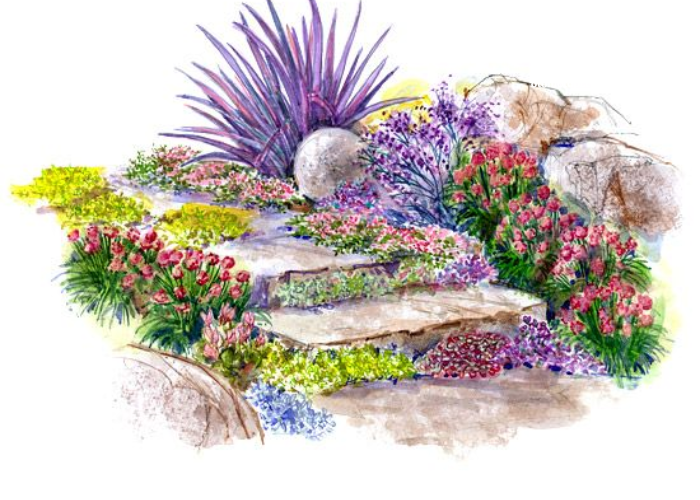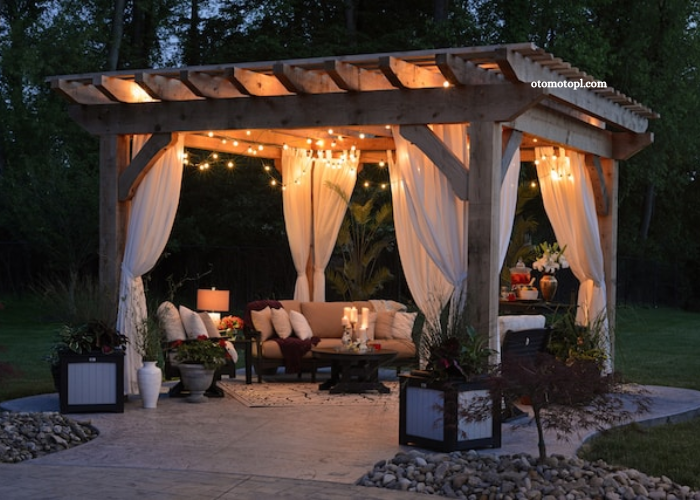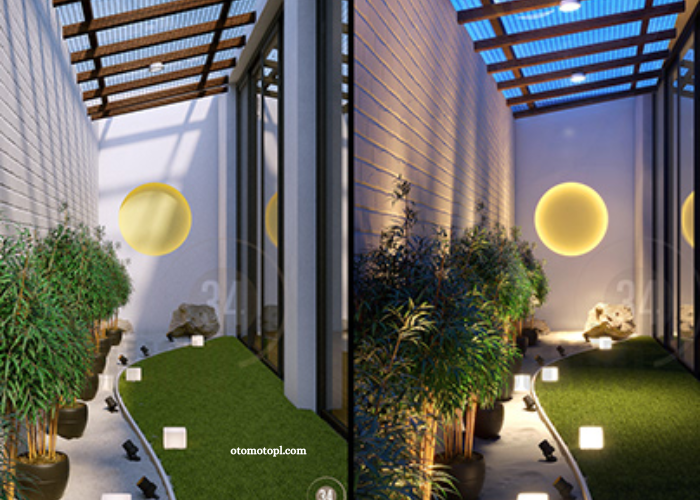Your garden is an extension of your home, a canvas where you can create an outdoor oasis that complements your interior style and provides a tranquil escape from the hustle and bustle of everyday life. Achieving harmony between your indoor and outdoor spaces is not only aesthetically pleasing but can also enhance your overall well-being. In this comprehensive guide, we will explore the principles and elements of stylish garden design that can help you achieve the perfect balance, creating a harmonious and inviting atmosphere in your outdoor space.
-
Planning and Inspiration
Before you embark on the journey to transform your garden into a stylish and harmonious space, it’s essential to plan and gather inspiration. Consider the following steps:
-
Define Your Garden’s Purpose
Start by identifying the primary purpose of your garden. Is it for relaxation, entertaining, gardening, or a combination of these? Understanding your garden’s intended use will guide your design decisions.
- Gather Inspiration
Browse through gardening magazines, websites, and social media platforms to gather inspiration. Consider creating a mood board or Pinterest board to collect images, colors, and design ideas that resonate with your vision.
-
Take Inventory
Assess the current state of your garden. Note the existing elements, such as plants, hardscape, and structures that you want to keep, modify, or remove. Understanding your starting point is crucial for a successful garden transformation.
The Principles of Stylish Garden Design
To create a garden that harmonizes with your home’s style, it’s essential to understand the fundamental principles of garden design:
-
Balance
Balance in garden design is about distributing visual weight and creating a sense of equilibrium. You can achieve balance by using a symmetrical or asymmetrical layout. For example, if your home’s architecture is symmetrical, a formal garden with identical planting beds on each side may be suitable. In contrast, an asymmetrical design can create a more relaxed and informal feel.
- Unity
Unity refers to the cohesiveness of your garden’s elements. Your garden should feel like a harmonious whole, where every component contributes to the overall design. Use a consistent color palette, plant selection, and materials to create a sense of unity between your home and garden.
-
Proportion and Scale
Proportion and scale are crucial for ensuring that elements in your garden are the right size in relation to one another and your home. For example, avoid overwhelming a small garden with massive plants or structures, while a large garden can benefit from more substantial features.
- Rhythm
Rhythm in garden design is about creating a sense of movement and flow. Use repeating patterns, such as plant groupings or paving patterns, to guide the eye through the space. This can create a sense of continuity and visual interest.
-
Focal Points
Focal points draw the eye and create visual interest in your garden. Consider incorporating elements like a beautiful tree, a water feature, or a sculpture as a focal point that complements your home’s style.
The Elements of Stylish Garden Design
Now that you understand the principles, it’s time to delve into the key elements of stylish garden design:
- Plants
Selecting the right plants is essential for harmonizing your garden with your home’s style. Consider the following:
- Color: Choose plant colors that complement your home’s exterior palette. For a contemporary home, sleek and minimalistic plantings with neutral colors may be suitable. In contrast, a cottage-style garden can embrace a riot of colorful blooms.
- Texture: Vary the texture of your plants to add depth and interest. Combine soft, feathery foliage with bold, structural plants to create contrast.
- Form: Choose plants with forms that match your design goals. Formal gardens may feature neatly clipped hedges and topiaries, while informal gardens can showcase the natural forms of plants.
- Maintenance: Consider your level of commitment to gardening when selecting plants. Low-maintenance options like native plants or drought-tolerant species may be ideal for those with limited time.
-
Hardscape
Hardscape elements such as paths, patios, walls, and structures play a significant role in garden design. Here’s how to use them effectively:
- Materials: Select hardscape materials that harmonize with your home’s architecture. For example, if your home has a Mediterranean style, opt for terracotta tiles and stucco walls.
- Layout: Plan the layout of hardscape elements to provide functional spaces for dining, seating, and circulation. Ensure a smooth transition from indoor to outdoor spaces.
- Lighting: Outdoor lighting can enhance the beauty and functionality of your garden. Consider strategic lighting to create ambiance and highlight key features.
- Color
Color is a powerful tool for creating harmony between your garden and home. Coordinate the color scheme in your garden with the colors of your home’s exterior. Choose plant colors, outdoor furniture, and decorative elements that complement your indoor decor.
-
Decor and Furnishings
Outdoor decor and furnishings can elevate the style of your garden. Select furniture that aligns with your home’s interior design, whether it’s modern, traditional, or eclectic. Cushions, throw pillows, and outdoor rugs can add comfort and style to your outdoor space.
-
Water Features
Water features such as fountains, ponds, or birdbaths can add a calming and harmonious element to your garden. The sound of flowing water and the visual appeal of aquatic elements can create a tranquil atmosphere that complements your home’s style.
Personalizing Your Garden Design
To truly achieve harmony between your home and garden, personalize your design by adding unique touches that reflect your personality and tastes. Consider the following:
-
Art and Sculptures
Incorporate art and sculptures that resonate with your aesthetic. These can become focal points or hidden gems within your garden.
- Outdoor Living
Create functional outdoor living spaces by adding amenities like a barbecue area, fire pit, or outdoor kitchen. These features make your garden an extension of your home where you can relax, dine, and entertain.
-
Privacy and Screening
Consider how to maintain privacy in your garden. Use plantings, trellises, or decorative screens to create secluded areas that allow you to enjoy your garden without feeling exposed.
-
Container Gardening
Container gardening is a versatile way to add greenery to your garden while also allowing you to move plants around to experiment with different arrangements.
Maintenance and Sustainability
To ensure your garden’s long-term harmony with your home, keep maintenance and sustainability in mind:
- Regular Maintenance
Regularly maintain your garden by trimming plants, weeding, and keeping hardscape elements clean. A well-kept garden is more likely to complement your home’s style.
- Sustainability
Consider environmentally friendly practices in your garden, such as choosing native plants, installing rain barrels, and using organic gardening techniques. Sustainability not only benefits the environment but also enhances the overall harmony of your outdoor space.
Conclusion
Creating harmony between your home and garden is an exciting and rewarding endeavor. By understanding the principles and elements of stylish garden design, you can transform your outdoor space into a beautiful, tranquil extension of your home. Whether you have a modern, traditional, or eclectic interior style, there are endless possibilities to achieve a harmonious connection between indoor and outdoor living. Start by planning, gathering inspiration, and applying the principles discussed in this guide




